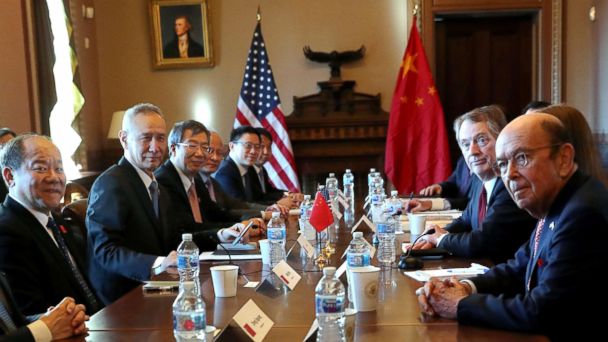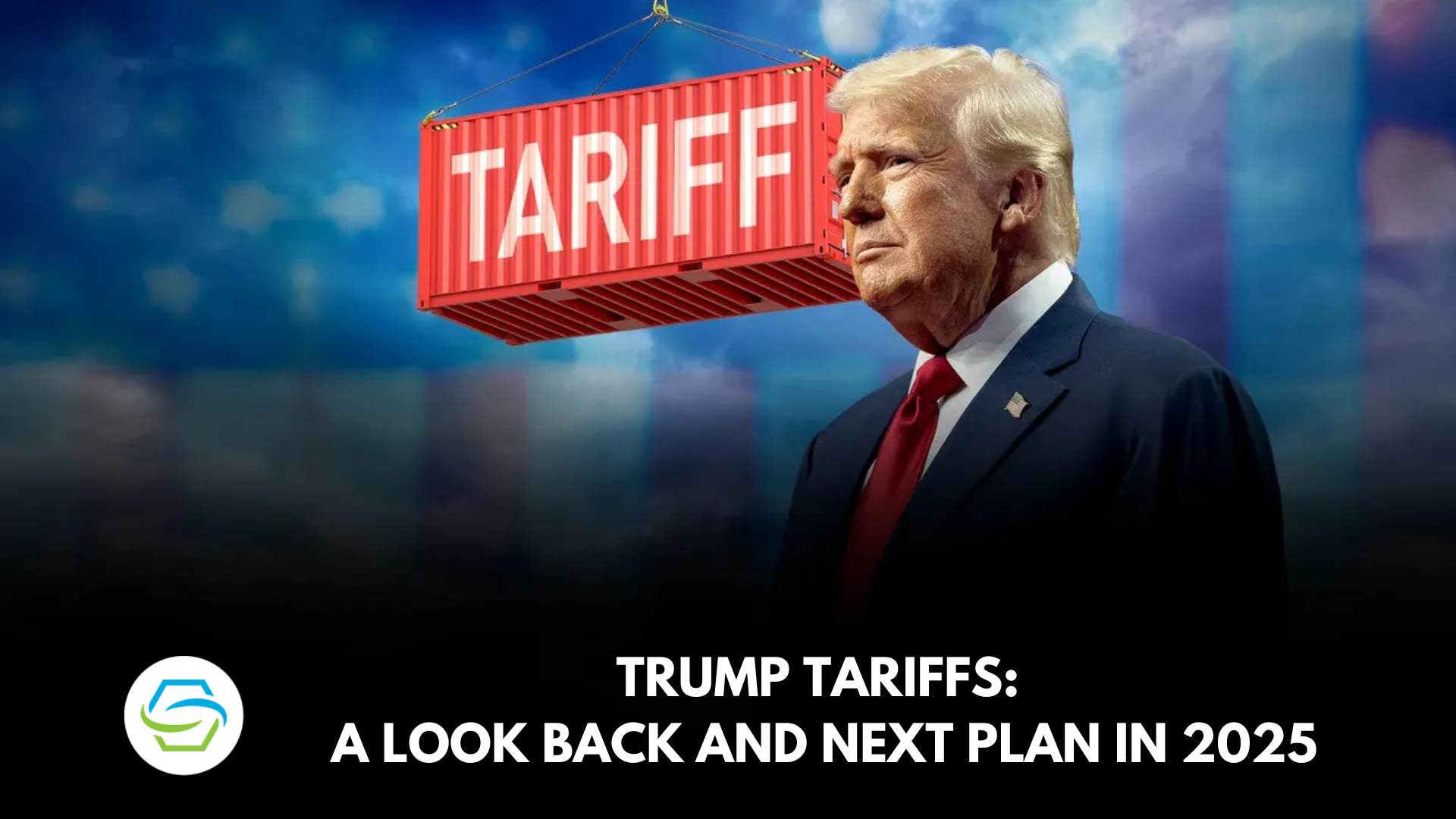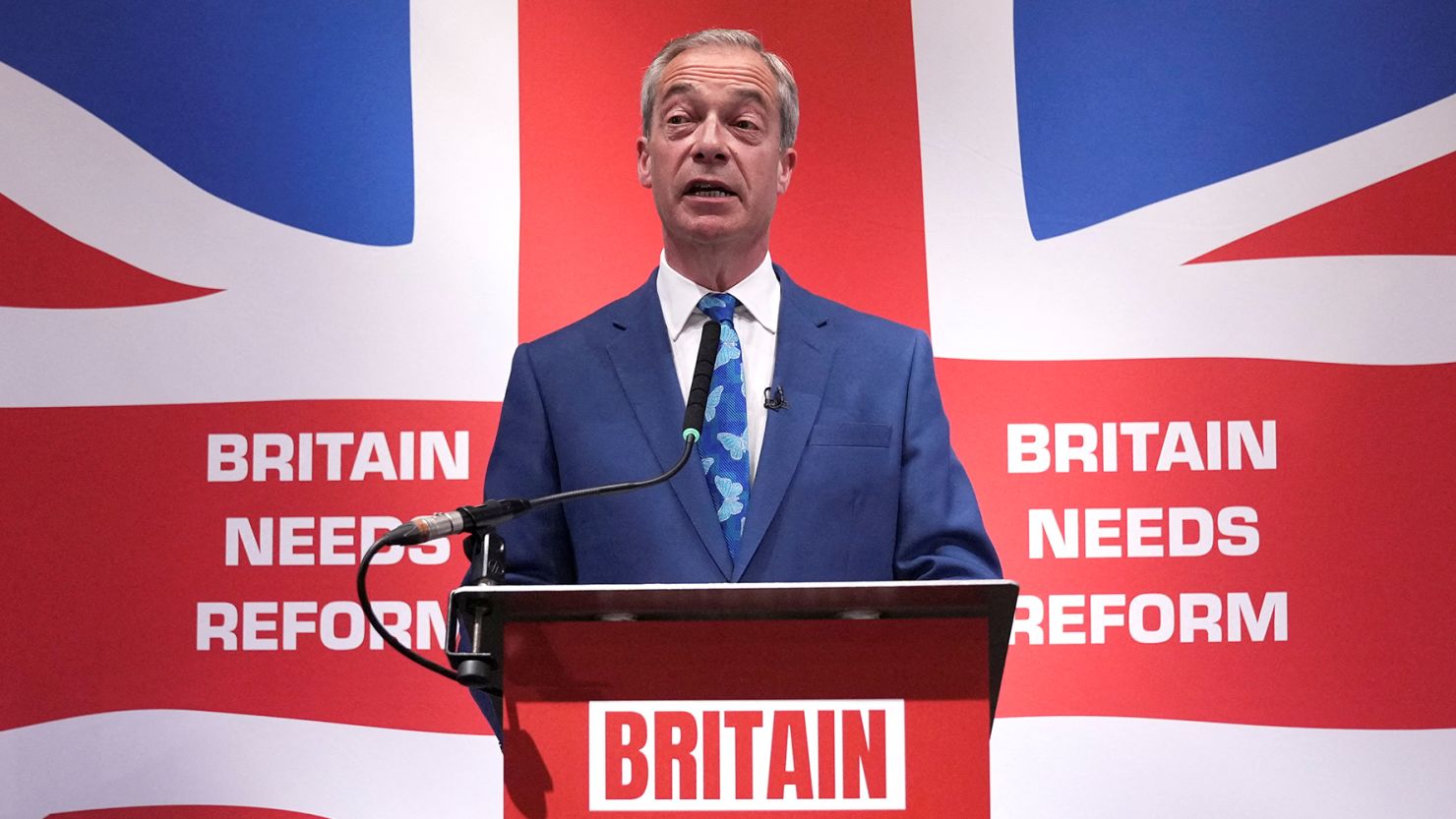Fentanyl Crisis: A Lever In U.S.-China Trade Negotiations?

Table of Contents
H2: China's Role in the Fentanyl Supply Chain
The pathway of fentanyl from China to American streets is complex and multi-layered. While China itself may not be directly manufacturing the finished fentanyl product, it plays a critical role as a supplier of precursor chemicals – the essential building blocks necessary for fentanyl synthesis. These chemicals are often legally exported from Chinese chemical factories, then smuggled through various countries before reaching Mexican cartels. These cartels then synthesize the fentanyl and traffic it into the United States.
Tracing and intercepting these shipments presents a significant challenge. The sheer volume of legitimate chemical trade makes it difficult to identify and isolate illicit shipments. Furthermore, legal ambiguities surrounding the export of these precursor chemicals create loopholes that are exploited by traffickers. The lack of complete transparency in the Chinese chemical industry further complicates efforts to track the flow of these dangerous substances.
- Precursor chemicals sourced from Chinese chemical factories: Many of these factories operate with minimal oversight, making it difficult to monitor their output and ensure compliance with international regulations.
- Smuggling routes through various countries: The intricate networks used by traffickers make it difficult to pinpoint the exact origin and destination of these chemicals.
- Lack of effective border control measures: Insufficient resources and sophisticated smuggling techniques hamper efforts to intercept precursor chemicals at borders.
- The role of Mexican cartels in processing and distribution: Mexican cartels are highly organized and adaptable, constantly evolving their methods to bypass law enforcement.
H2: The US Response and its Limitations
The US government has implemented various strategies to combat the fentanyl crisis, including: increased border security measures, enhanced international cooperation with China and Mexico, and the imposition of sanctions on Chinese companies suspected of involvement in the fentanyl trade. However, these strategies have encountered significant limitations. The sheer scale of the black market, the complexity of the supply chain, and the ability of traffickers to adapt quickly to countermeasures all pose significant hurdles.
Sanctions, while a powerful tool, have proven to be a blunt instrument. They can damage overall trade relations and may not effectively target the individuals or companies most responsible for the flow of precursor chemicals. Moreover, the sanctions may simply drive the trade further underground, making it even harder to monitor and control.
- Increased border security measures: While important, these measures alone cannot completely stop the flow of precursor chemicals.
- International cooperation with China and Mexico: This cooperation is crucial but often hampered by differing priorities and enforcement capabilities.
- Sanctions on Chinese companies: While intended to deter illicit activity, sanctions can have unintended consequences and may not always be effective.
- Limitations of current US policy: A more comprehensive and multifaceted approach is needed to effectively combat the fentanyl crisis.
H2: Fentanyl as a Bargaining Chip in Trade Negotiations
The question of whether to leverage the fentanyl crisis in trade negotiations with China is complex and fraught with risk. On one hand, it presents a potent bargaining chip, potentially leading to increased cooperation on precursor chemical control and improved transparency within the Chinese chemical industry. However, using the fentanyl crisis in this way could escalate trade tensions, jeopardizing broader economic relations.
Finding a balance between addressing this critical public health issue and maintaining healthy trade relations is paramount. While using the opioid crisis as leverage might be tempting, a more nuanced approach focusing on collaborative efforts may be more fruitful in the long run.
- Potential for increased cooperation on precursor chemical control: This could involve joint investigations, information sharing, and stricter export controls.
- Risk of escalating trade tensions: Using the fentanyl crisis as a bargaining chip could severely damage already strained US-China relations.
- Importance of finding a balance between addressing the crisis and maintaining healthy trade relations: A carefully calibrated approach is crucial to avoid unintended negative consequences.
- Alternative approaches, such as increased international collaboration and investment in drug treatment: These provide complementary strategies to tackle the opioid crisis effectively.
H2: International Cooperation and Global Solutions
Addressing the global fentanyl crisis requires a concerted international effort. Collaboration with Mexico and other transit countries is vital to disrupting smuggling routes and dismantling trafficking networks. Working with international organizations such as the United Nations is also essential to establish global standards for precursor chemical control and strengthen monitoring and enforcement mechanisms.
- Collaboration with Mexico and other transit countries: Joint operations and information sharing are critical for effective enforcement.
- Working with international organizations like the UN: International cooperation is essential to address a global problem.
- Strengthening global monitoring and enforcement mechanisms: This requires improved data sharing, enhanced capacity building, and stronger legal frameworks.
3. Conclusion: Addressing the Fentanyl Crisis Through Strategic Action
The fentanyl crisis is inextricably linked to US-China trade relations. While leveraging this crisis in trade negotiations is a possibility, it carries significant risks. A more effective and sustainable solution lies in a multifaceted approach that combines targeted actions against the illicit fentanyl trade, improved international collaboration, strengthened domestic policies to combat the opioid epidemic, and a focus on harm reduction and treatment. Only through a comprehensive strategy that addresses the root causes of the fentanyl epidemic, promotes international cooperation, and invests in effective treatment and prevention programs can we hope to mitigate the devastating effects of this crisis and safeguard our communities. We must urgently confront the fentanyl crisis and the opioid crisis more broadly with a unified and determined response.

Featured Posts
-
 Woman Kills Man In Racist Stabbing Unprovoked Attack
May 10, 2025
Woman Kills Man In Racist Stabbing Unprovoked Attack
May 10, 2025 -
 Debate Erupts Tarlov Challenges Pirros Pro Trade War Position On Canada
May 10, 2025
Debate Erupts Tarlov Challenges Pirros Pro Trade War Position On Canada
May 10, 2025 -
 Interest Rates Unchanged Fed Weighs Inflation And Unemployment Risks In Us
May 10, 2025
Interest Rates Unchanged Fed Weighs Inflation And Unemployment Risks In Us
May 10, 2025 -
 Potential Tariffs On Aircraft And Engines Examining Trumps Trade Policy
May 10, 2025
Potential Tariffs On Aircraft And Engines Examining Trumps Trade Policy
May 10, 2025 -
 Reform Party Can Nigel Farage Deliver Real Change
May 10, 2025
Reform Party Can Nigel Farage Deliver Real Change
May 10, 2025
